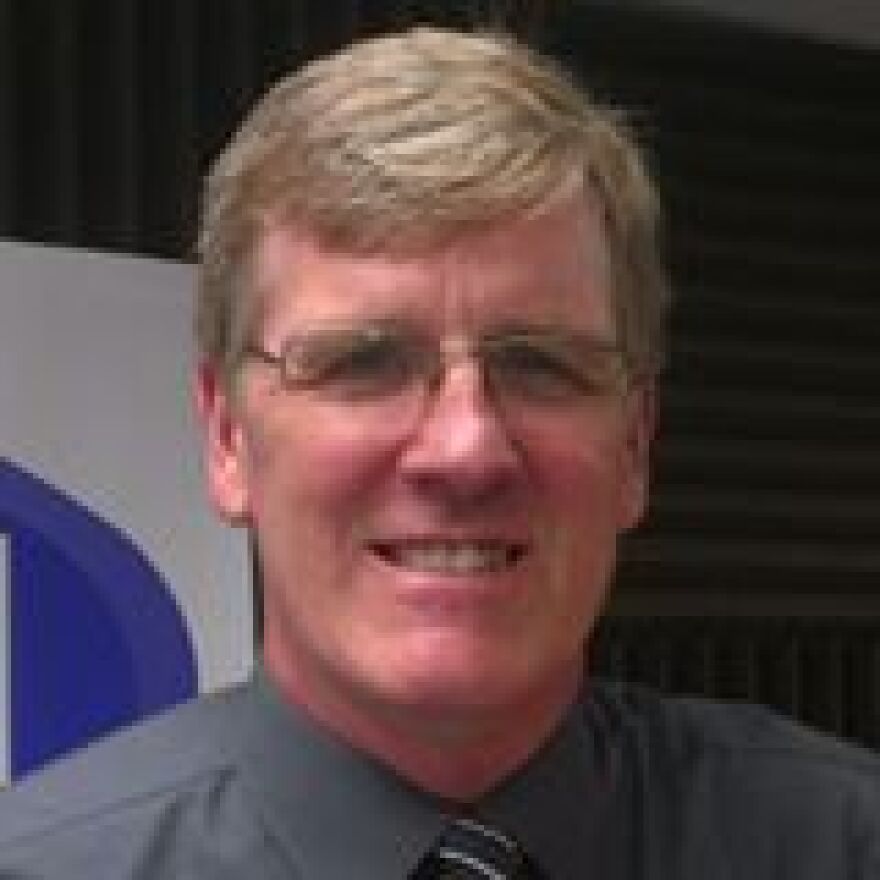Tuesday marked the release of This May Be The Last Time on DVD. Last week we discussed the genesis of the project, which among other things explores the melding of cultures in music. Today we’ll look at the centerpiece of the film, the Muscogee Creek hymns.
This May Be The Last Time, incorporates a variety of representative anecdotes to illustrate the practice and origins of the Muscogee Creek hymns.
To help explain the latter, Harjo introduces Dr. Hugh Foley – a fine arts instructor and Native American history professor at Rogers State University in Claremore, Oklahoma. Foley says the Muscogee Creek hymns are one of the untold stories in American music.
“We're talking about a pre-removal music that happened in the early 1800's and was a combination of African spirituals, Muscogee words and perhaps some influences from their ceremonial songs and then all that being started by the Scottish missionaries who bring in Christianity and their own singing style,” Foley said. “All three of those merge into what we now know as Muscogee Creek hymns which are a unique musical product in American and world music history."

The connection shared by the Muskogee Creek hymns and the other cultures Foley mentioned was initially missed by Yale professor Willie Ruff, an African American, who like Sterlin Harjo was curious about his cultural heritage.
Were it not for the May 2005 story on NPR by Juan Williams, which aired on Morning Edition, the Muskogee Creek connection might have remained lost to the world.
Williams interviews Ruff and goes on to describe the conference at Yale as “academics tracing the history of a unique musical tradition called congregational line singing. It could be heard among Appalachian whites, Mississippi blacks and Scottish Highlanders.”
A friend of Foley’s heard Ruff’s story on NPR, and put him and the Yale professor in touch. The two began to compare the similarities between the Muskogee Creek hymns and African American spirituals. Ruff decided he had to hear the hymns for himself.
“He came out to Oklahoma and I took him to our church so he could hear the songs. He realized that something was going on there and he said ‘We need to have another conference.’ So he put everything together for us to go,” Foley said.
“They had the blacks from Alabama, Sipsie River I believe, Alabama, the whites from eastern Kentucky and us, a group of Muscogee Creek singers from Oklahoma to go there and sing and share and see what we had in common, what was different and so forth. So that's how that happened,” Foley said.
This May Be The Last Time picks up the story from the 2nd international conference on line-singing, capturing on film each of the representative culture’s similarities and unique traits as represented by those in attendance.
“What was really interesting was just to hear the different expressions based on the cultural traditions that each group has, and had, because each one does it a little bit differently,” Foley said.
“For instance, we could hear some the melodies we sing in some of the melodies being sung by the other groups, and vice versa,” Foley said.
Foley says this intertwining of African American, Native American, and European Christian influences explains the title of Harjo’s documentary. This May Be The Last Time, as Foley likens it is a song that connects these influences through its own evolution.
“The song goes forward in the black music world as a spiritual and then as a gospel song, then the Staple Singers have a hit with it and then its borrowed in part by the Rolling Stones for Last Time.
Sterlin Harjo’s documentary This May Be The Last Time is out now on DVD. A week-long screening at Tulsa’s Circle Cinema begins Friday, November 21st.
The Native Crossroads Film festival will be showing the documentary on Wednesday, Nov. 19 at 7:30 pm in the Sam Noble Museum in Norman. The event is free and open to the public.
_______________________________________________





